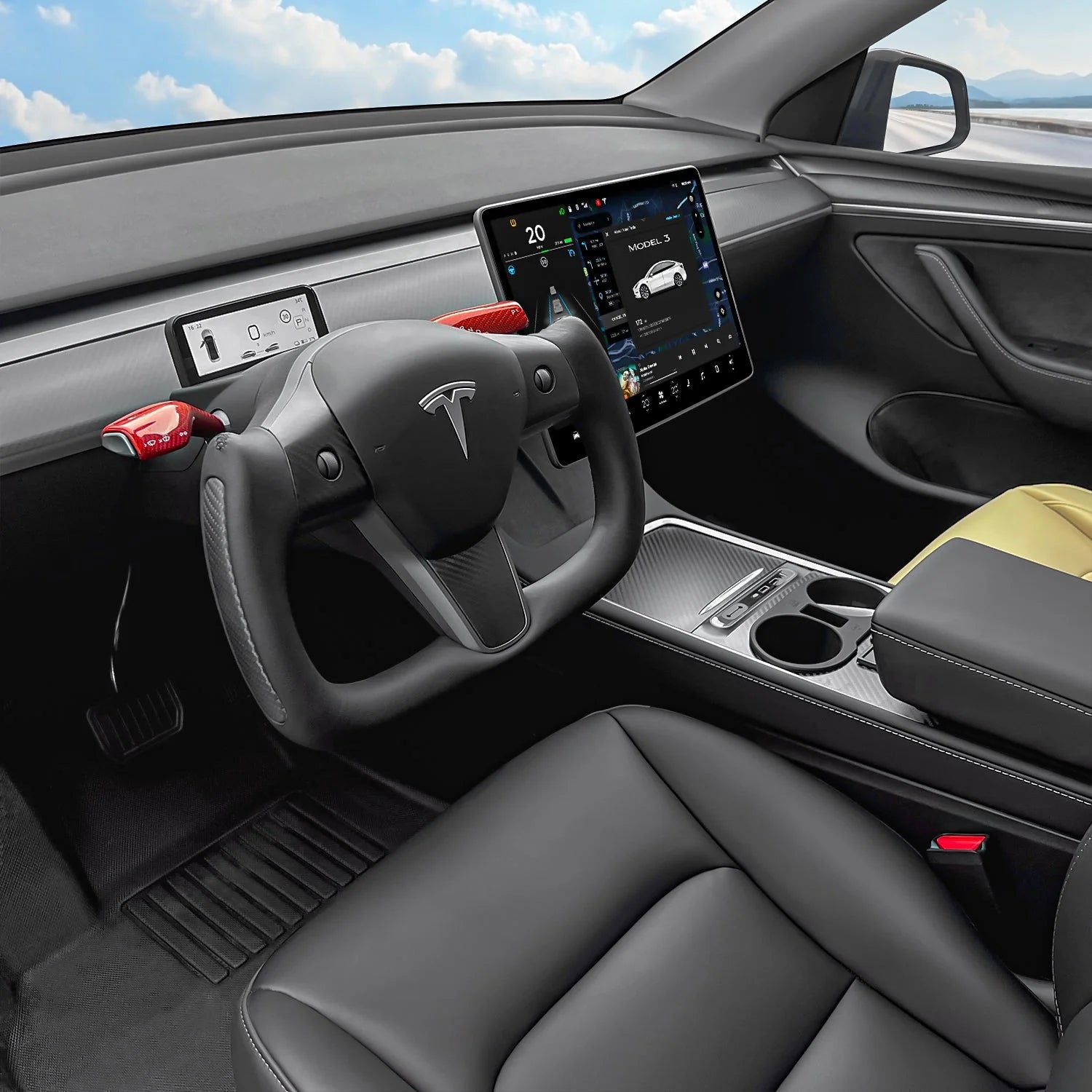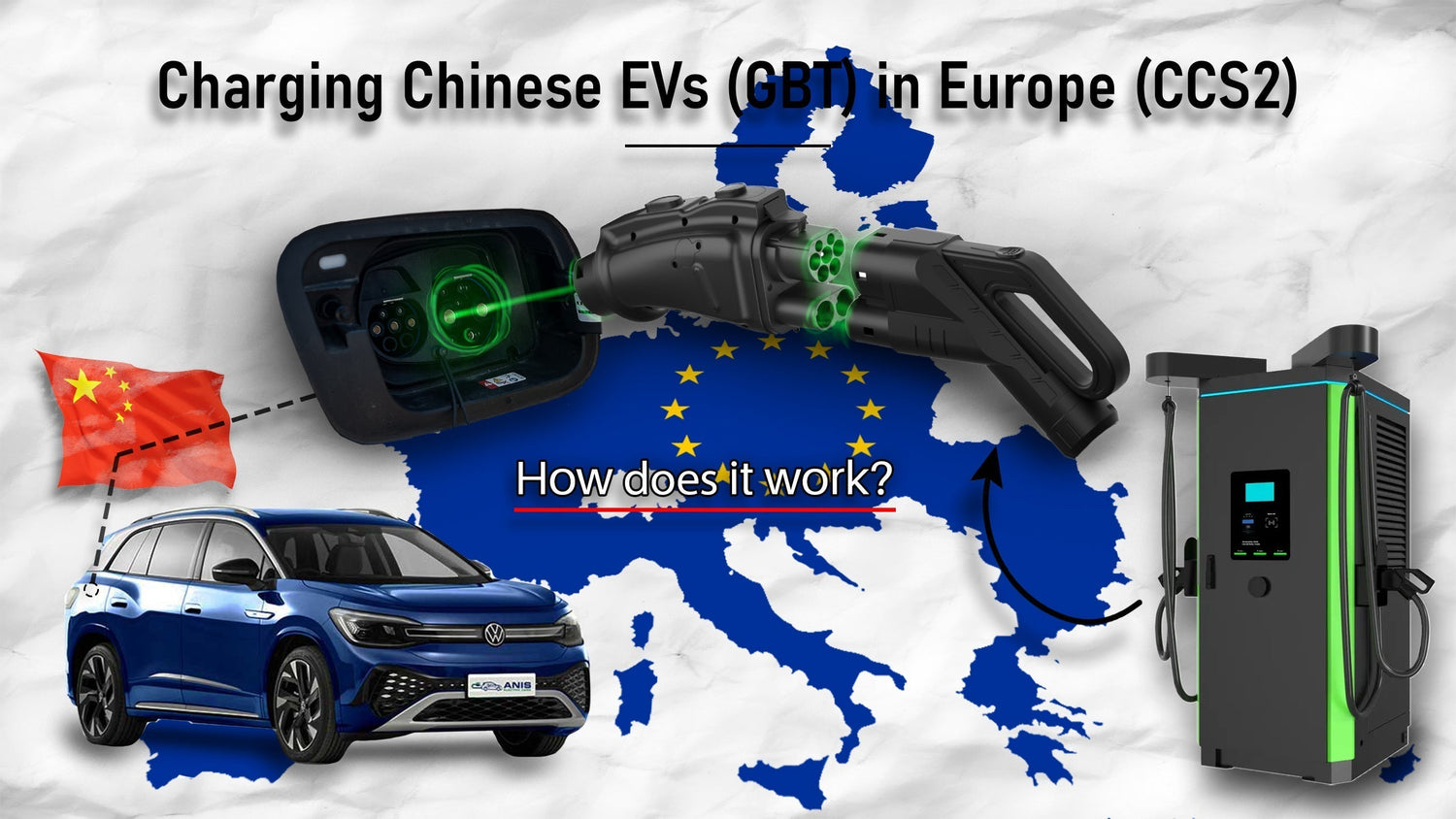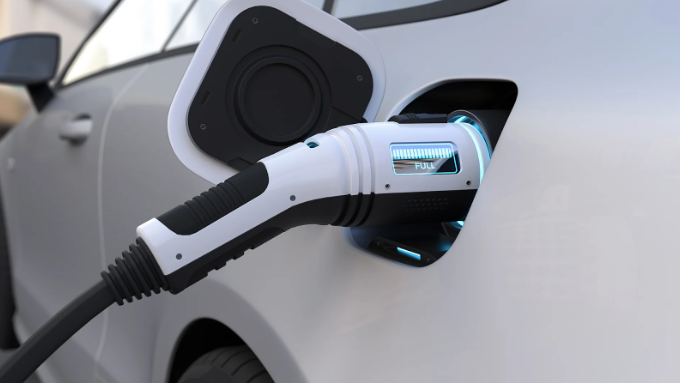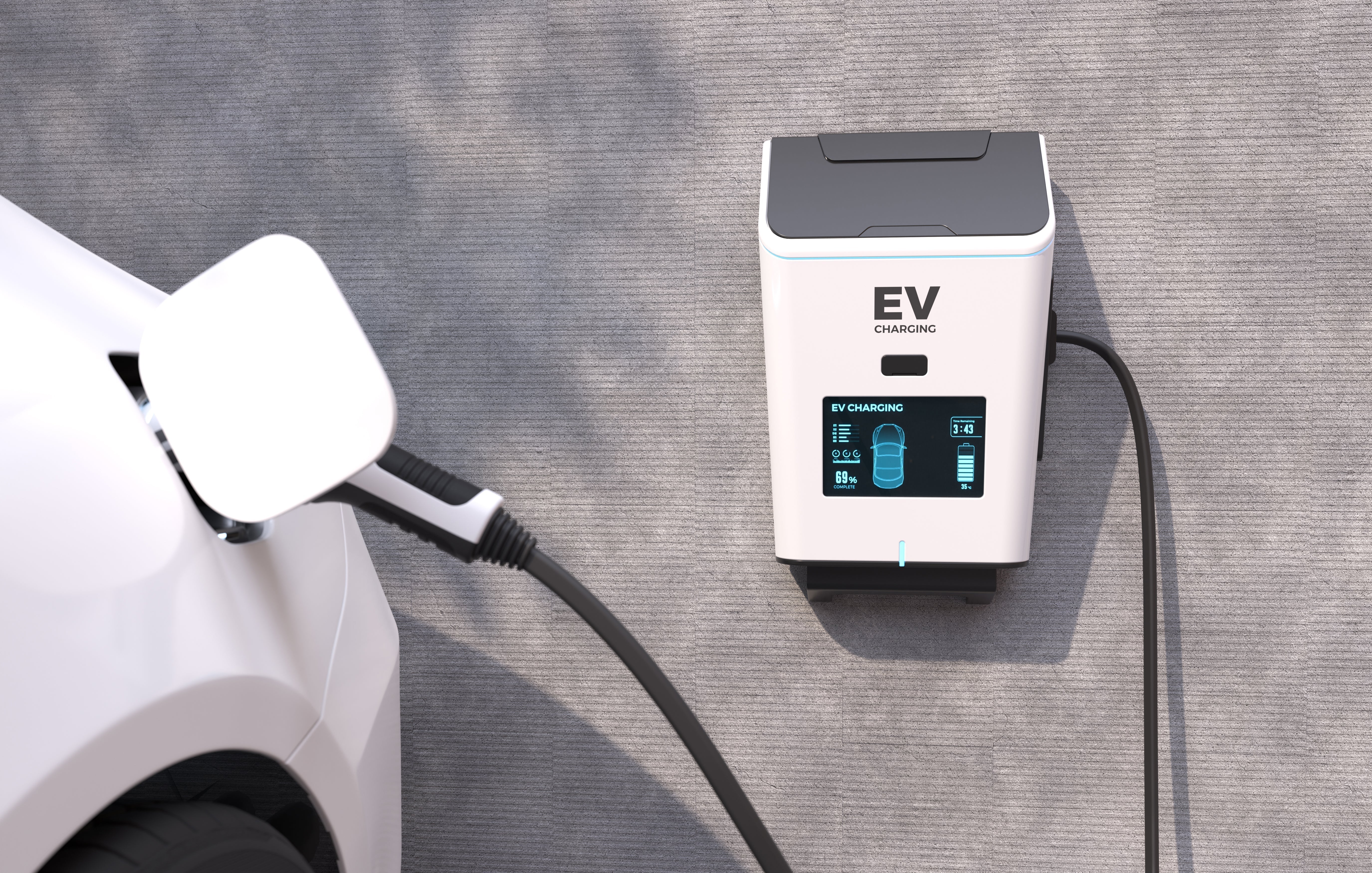If you are reading this article you are most likely an owner (or a future one) of an electric vehicle imported from China. Although Chinese vehicles might come at an attractive price, charging them in a different region is a bit tricky. This article will cover the peculiarities of charging a Chinese electric car in a CCS2 region.
Why do people import Chinese electric cars?
There are two main reasons why people buy Chinese EVs in Europe: either the model is unavailable in their region and they want to have it in Europe or the price is quite advantageous in comparison to other models in the region. Usually, it is the second reason. In fact, the price can be so advantageous that the official dealership won’t be able to sell their European cars. This is one of the reasons why the European Union has restricted the import of Chinese electric vehicles that don’t have EU certificates. A quick comparison shows that a Volkswagen iD.3 in China starts at 17,500 USD while the starting price in Europe is 31,000 EUR (as of January 2024). And this is the exact same car. With one major exception- it’s charging standard.
What is GB/T charging?
Unfortunately, we live in a world where charging standards are not unified. People in North America even have 2 different charging standards: CCS1 and NACS (Tesla). Chargers in Europe are regulated and adopt the CCS2 standard, in Japan, they use the CHAdeMO. China, a country of 1.4 billion people, reasonably has implemented its own charging standard: GB/T. The acronym "GB/T" stands for "Guobiao standard" (国标), where "Guo'' means national or state, and "Biao" means standard. Chinese electric cars have two separate charging ports: AC and DC.

Apart from China, where are Chinese EVs popular?
In 2022 China has produced 5.5 million electric vehicles. Of course, some of these cars have been exported to other countries. Common importers of Chinese EVs are Russia, Ukraine, Turkey, UAE, Colombia, Brazil, Kazakhstan, Georgia, and others. None of these countries officially utilize the GB/T charging standard. Here comes the point at which owners of such cars think of alternative ways of charging. Some people rely entirely on home charging as AC chargers are available to buy. This will work if you drive up to 300km a day and you return home to charge again. But what happens if you want to quickly recharge at a DC station and all stations in your country utilize the CCS2 standard? You have two options, either to change your entire charging port from GB/T to CCS2 or to go for a fast charging adapter, the so-called CCS2 to GB/T Adapter. This article will go into detail about the DC adapter as this is the more popular choice among users due to its lower price and availability.
What is the CCS2 to GBT Adapter and what are the common concerns about it?
This is the bridge between a GB/T electric vehicle and a CCS2 charging station. Compared to most adapters this one is more complicated due to the different communication protocols between the two charging standards. CCS2 uses PLC signals while GB/T DC uses CAN signals and the conversion between the two is more complicated than other AC/DC charging adapters. This complex conversion has also affected the product’s functionality. This adapter has been on the market for over 2 years now but previous versions of it do not have a flawless reputation among users. These are some of the common concerns buyers usually have.

Compatibility
Compatibility is the top 1 concern among buyers. Previous versions of this adapter were not compatible with every CCS2 DC charger available. We are proud to say that the CCS2 to GB/T Adapter from EVniculus has not encountered an unsupported CCS2 charging station yet. The adapter has been tested in over 15 countries and over 30 charging station brands including ABB, Siemens, Alpitronic, Electrip, Tesla Supercharger, Kempower, Starcharge, Engie, Schneider, ZES, Efacec, Regeny, Autel, Sungrow, and many others.
However, we understand these concerns and therefore we offer lifetime software support. In case there is an unsupported charging station we are obliged to release a new firmware update based on the error data that the adapter has recorded.
Charging Speed
Charging speed is another common concern customers have. Theoretically, the adapter is capable of reaching 250 kW (250A*1000V). Practically, it depends on your vehicle and the charging station. If your vehicle has a 400V battery architecture you will get around 100 kW of charging power (250A*400V).
The adapter is also compatible with 800V vehicles such as the Zeekr 001. In this case, the maximum charging power you will get is 200 kW (250A*800V). Based on our experience with the adapter, it follows a similar charging curve as the CCS2 vehicles. This means that at low SOC it charges at the highest power and gradually decreases as the SOC increases. We have not noticed any power drops in the charging process.

Reliability
We understand this is an expensive product and people expect it to last. Made out of durable materials and high-quality electronics, this adapter is durably designed. Despite that, we offer a 1-year warranty (2 years for EU customers).
What should people know when purchasing the adapter
We want people to make an informative decision, This is why we have prepared 3 things that they might not know.
It has a rechargeable battery
The adapter has an internal PCB which requires power. This is why it has an 18650 rechargeable battery slot (not AA/AAA but bigger). The CCS2-GBT adapter from EVniculus does not require regular charging of this battery, you need to charge it only the first time you install it. After that, it automatically gets charged when your car is plugged into the charging station. Most customers will receive their adapters without this battery included due to transport restrictions!

It has firmware updates
As already mentioned, the adapter can receive firmware updates. This is why we ship it with a flash drive included. Whenever there is a firmware update we will send you a file that you need to upload to the flash drive. By holding the power button for 10 seconds you will install the new firmware. We will issue a firmware update in case there are unsupported charging stations, vehicles that cannot recognize the adapter (after a vehicle update or other reasons), or any other abnormal functioning of the adapter.

It has two versions
When purchasing, customers need to choose between two versions. After extensive testing, we found out that the VW iD vehicles have a different BMS (Building Management System) than other electric vehicles. This is why we have a version that is only for Volkswagen vehicles such as the iD.4, iD.6, iD.3, iD.7, e-Lavida, and others. The other version is for all other vehicle brands except Volkswagen.
It is possible to convert the version of the adapter (from VW to others or vice versa) by uploading a new firmware although this is not recommended as the printed circuit board (PCB) is not designed for frequent changes of versions.
It is a DC adapter only
Many people have asked us whether they can use the adapter for Type 2 charging (AC). Unfortunately, this is technically impossible. Unlike CCS2, the GB/T standard has employed two separate charging ports for DC (fast) and AC charging. Therefore, customers who want to take advantage of Type 2 chargers must have another adapter: Type 2 to GBT. It is a much more affordable device due to its technical simplicity.
Which are the common electric vehicles which use the CCS2 to GBT adapter
China is the largest manufacturer of electric vehicles in the world. Even European brands such as Volkswagen have models that are produced and sold exclusively in China. Such examples are the Volkswagen iD.6 and the Volkswagen e-Lavida. As you might have already guessed VW is one of the most popular EV brands that gets exported into CCS2 regions and therefore needs a CCS2 to GBT adapter. Other brands are:
- Tesla
- BYD
- Audi
- BMW
- Xpeng
- Geely
- GAC
- Zeekr
- Nio
- Chery
Among these brands popular models are Tesla Model 3 and Model Y, BYD Han, BYD Tang, BYD Dolphin, Audi e-tron, BMW iX3 and iX, Xpeng G3 and G9, Zeekr 001 and 001X, Volkswagen iD.4, iD.3, iD.6, iD.7 and others.
Why is it so expensive?
As previously discussed, CCS2 and GBT use two different communication protocols. Therefore, the cost of the software and hardware responsible for the protocol transfer is several times higher than regular adapters. There has been an immense effort in research and development before we could deliver an adapter that is functional, safe, and easy to use. Due to its complicated operation, the supply of this adapter is also limited. Despite that, we are proud to say that we offer one of the most competitive prices in Europe.




